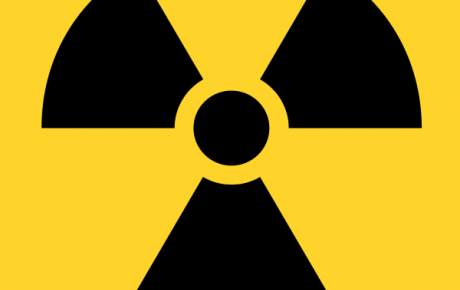News
You are here
Here's a way to make the Tar Sands even more destructive

January 30, 2013
Reminiscent of the long-forgotten, but aptly named, Project Cauldron – using underground nuclear explosions in the Alberta tar sands to allow the bitumen to flow readily – nuclear power plants are inching closer to the Tar Sands.
Reports began to surface in January that the Toshiba Corporation is developing a small 10,000kw nuclear reactor for an unnamed natural resource company in Alberta, which hopes to have the reactor in use by 2020. These mini-reactors are about one percent the size of a regular power plant, generating between one and five percent as much energy. The mini-reactor would be used to heat water to create the steam needed to extract bitumen from the Tar Sands.
Ironically, the process of seeking approval to begin constructing reactors in the US was delayed as a result of the meltdown at Japan’s Fukushima Daiichi nuclear power plant after the massive earthquake and tsunami in 2011. Not only that, in the mid-20th century Russia used nuclear explosions to extract oil; however, this irradiated the oil and they could not find a market for the irradiated oil and abandoned the project.
The reactors would be sited underground to ensure their "safety", and the building will be equipped with earthquake-absorbing structures even though Alberta is an area of low seismic activity.
Nuclear power is promoted as a “greener” method to extract the thick bitumen from the tar sands. The current method uses massive amounts of natural gas. When you realize that Northern Canada contains only enough natural gas to extract 29 per cent of the bitumen, it becomes clear that in order to increase production, another energy source is needed. This is the real reason for turning to nuclear power.
Nuclear energy is not the magic bullet that will make bitumen extraction more sustainable. The mining and enriching of uranium into fuel rods uses large amounts of fossil fuels, enough that a nuclear plant will emit 250,000 tonnes of carbon dioxide each year.
Also, nuclear reactors overheat unless doused with cool water. Two Ontario reactors use approximately eight trillion litres of water for cooling each year, about three times more than the tar sands use currently. Without using this much water reactors would need to discharge the warm wastewater into rivers and lakes, which would have devastating effects on aquatic life.
Then there is the radioactive waste disposal problem that is both incredibly expensive and without a truly safe solution. Overall, the infrastructure associated with mining, reactor construction and operation, and waste storage will all contribute to greenhouse gas emissions. On top of all this, the nuclear energy will be used to extract a fossil fuel that will then be burned and emit its own quota of greenhouse gases.
Instead of looking to nuclear energy to extract every last drop of Tar Sands bitumen, we need to rethink the current fossil-fuel-focused capitalist system by promoting green jobs and an ecological revolution.
Section:
Topics:










